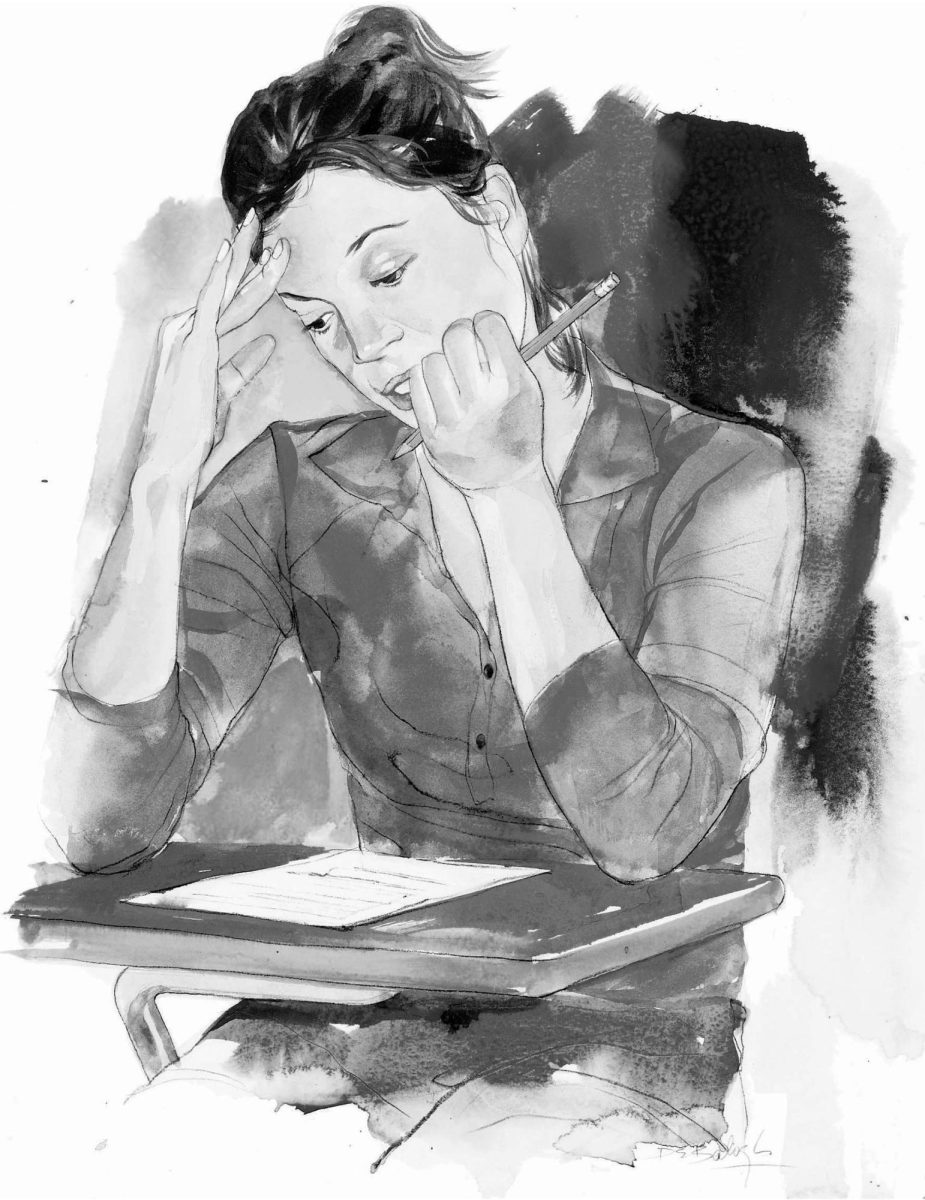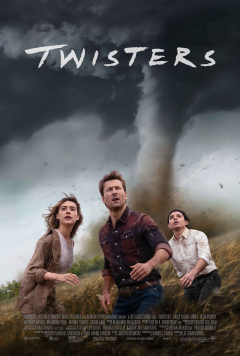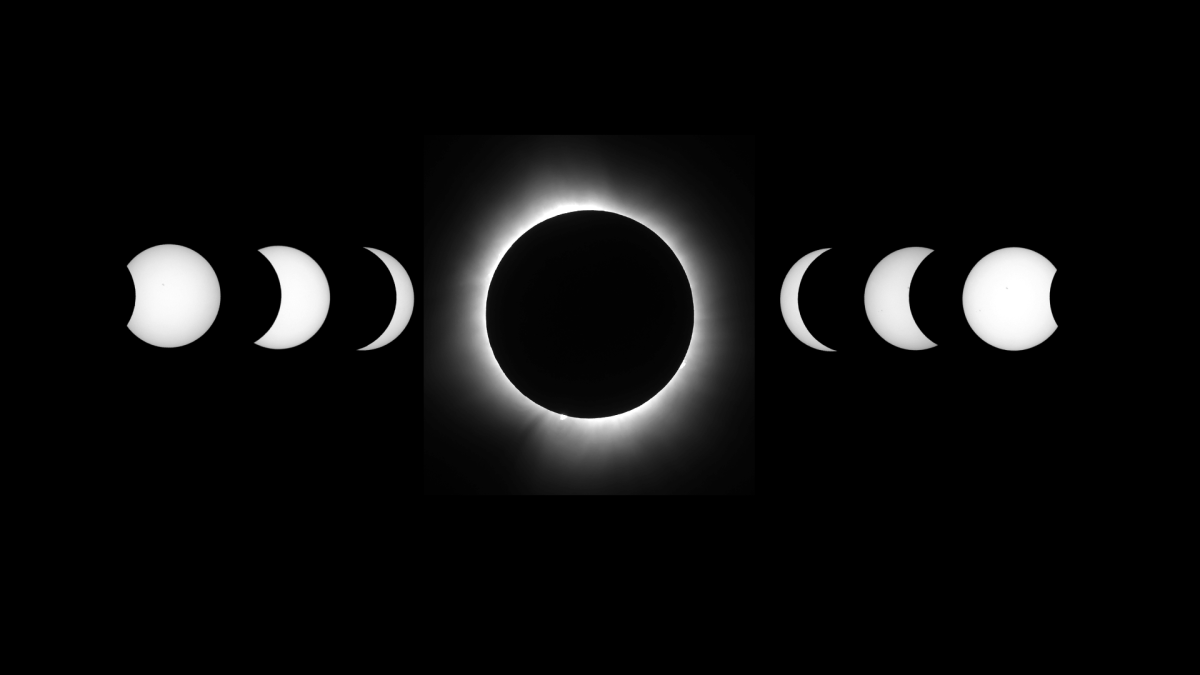Stanley Kubrick’s legacy and influence on the world of cinema is nearly unrivaled, even today.
You see his influence in more places than you think, the most recent example being in Greta Gerwig´s ¨Barbie,̈ where the entire opening sequence is a reference to Kubrick’s 1968 classic ¨2001: A Space Odyssey.¨ Countless filmmakers such as Christpher Nolan, Steven Spielberg, and Martin Scorsese hail him as one of the greats, and even more credit him as one their biggest influences. His career began in 1953, when he made his first feature film “Fear and Desire” at 23. The movie is by no means a masterpiece, the director himself even denounced the film years later. What it did accomplish, was show that even from the beginning, Kubrick had a good eye; the blocking and staging of the actors throughout was creative, decisive, and perhaps the only redeemable part of the film. His cinematography has always been the most reliable factor of his films. His second movie, “Killers Kiss,” was an improvement; with concurrent pacing and greater emotional arcs than “Fear and Desire,” but it wasn’t until his third film “Paths of Glory,” when he really started to flex his directorial muscles; the performances are raw and emotional, the filmmaking is delicate and subtle to contradict the chaos on screen, but what makes this movie stand out from any other anti-war film is the tone; it’s honest, comedic, and unfeeling, showing the brutality of man during war. At jut 28 Kubrick showed how ahead of his time he “The Shining ” is obviously his most known film, the music and performances are of course iconic, every little detail adding to the sense of unease you feel throughout the film. All around it’s known as one of the best psychological horror movies of all time, and most importantly it’s a fun time for the whole family.Kubrick uses different genres to tell the same story, whether it’s a comedy, a periodt piece, or a space opera, his movies are, at heart, a critique of human behavior. This thread runs through nearly every movie. Kubrick films don’t inspire a lot of hope in humanity, ¨A Clockwork Orange¨ for instance is about a group of murderous psychopaths that run around town terrorizing people, and I think the greater meaning of film is lost to most people. I think the very fact that the characters are irredeemable is the point, it’s a raw, hopeless look on humanity. Of course it’s impossible to be certain of his intentions, since Kubrick never answered any questions or confirmed any theories regarding his films, he believed the work speaks for itself, that everything he had to say was in the film. He liked leaving the interpretation up to the audience. ¨A Clockwork Orange¨ is one of his most visually striking, with its dramatic and colorful set pieces and costumes that make you feel like the story takes place in another world. He was one of if not the greatest visual artist of his generation, he preferred using images rather than dialogue to tell the story. His visual style is characterized by zoom-ins, symmetry, stark color contrast, dynamic set pieces, and of course, long takes: Kubrick liked to let the camera roll and allow the audience to relish in what he was showing you. And even behind the scenes he loved to take his time, he was notorious for driving actors mad by making them do dozens of takes on a single scene, and he would drag out post-production in the editing room, pouring over every frame until he thought it was perfect.
Art exists to hold a mirror up to society, to shed a light on things and hopefully wake people up, and no one does it better than Kubrick. His stories have meaning, even if you can’t always be sure exactly what that meaning is. Kubrick died in 1999, in Childwickbury, U.K., after the release of his final film, “Eyes wide shut.” Whether it’s an outrageous satire like “Dr. Strangelove,” or a philosophical masterpiece like “2001: A Space Odyssey,” Kubrick leaves behind a triumphant legacy of cinema.











